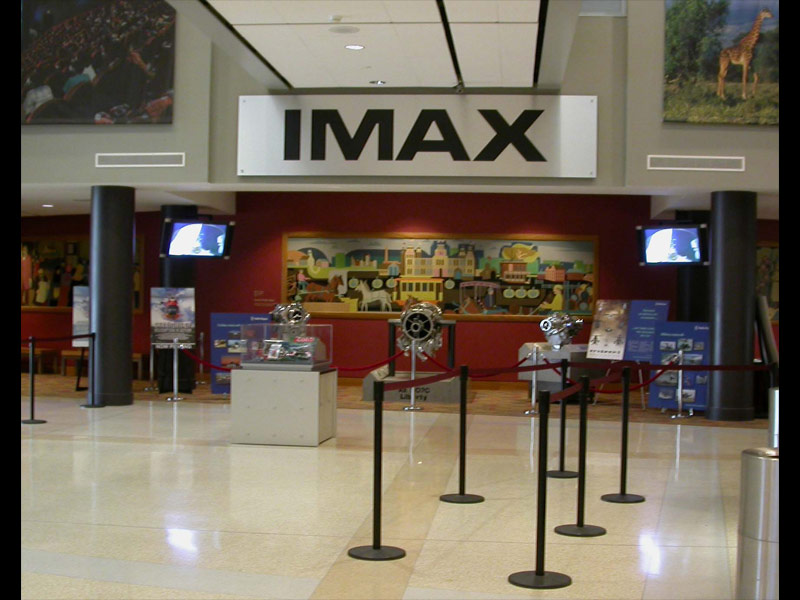Highlighting the Influence of Lighting Circumstances on Motion Identification Accuracy and Dependability
Highlighting the Influence of Lighting Circumstances on Motion Identification Accuracy and Dependability
Blog Article
Lighting conditions have a significant impact in how well we can perceive movement. Motion detection is a key component of various systems, such as security cameras, automatic illumination systems, and even some video games. Understanding the ways various lighting environments influence our capacity to detect motion can help enhance the development and efficacy of these technologies. For instance, poor lighting might lead to missed motions or false alerts, while ideal lighting can enhance the accuracy of movement detection technologies.
In well-lit lighting conditions, movement detection is generally more accurate. When there is ample illumination, sensors and cameras can obtain clearer images, which helps in recognizing moving objects. Well-lit conditions allow for better distinction between the dynamic object and the background. This differentiation is crucial for both visual observers and mechanical systems, as it facilitates it simpler to distinguish between static and moving elements in a setting. Thus, making sure that areas are well-lit can greatly improve the performance of motion detection technologies.
On the other hand, low-light conditions can pose difficulties for motion detection. In low-light environments, darkness can hide dynamic objects, which makes them difficult to perceive. Additionally, the human eye struggles to detect motion in dim conditions, which can result in misunderstanding of what is happening in the surroundings. Cameras might also encounter difficulties, as many do not perform well in low light without the use of infrared capabilities or alternative enhancements. These restrictions highlight the importance of adequate illumination in environments where movement detection is critical.
Additionally, different kinds of lighting can have different impacts on motion detection. For instance, neon lights can flicker, browse around this web-site which can confuse motion detection technologies that rely on steady light input. On the contrary, natural provides a consistent form of illumination that improves clarity. Comprehending these differences in lighting types can assist operators in choosing the most appropriate lighting for specific uses, especially in surveillance and safety scenarios.
In conclusion, the connection between illumination environments and movement detection precision is important. By ensuring that settings are suitably illuminated, we can improve the reliability of motion detection technologies. This understanding not only benefits tech uses but also improves safety and security in various settings. As further developments are made in motion detection technology, considering lighting conditions will remain a vital factor in optimizing visit this web-site effectiveness and guaranteeing that these systems work effectively in various conditions.